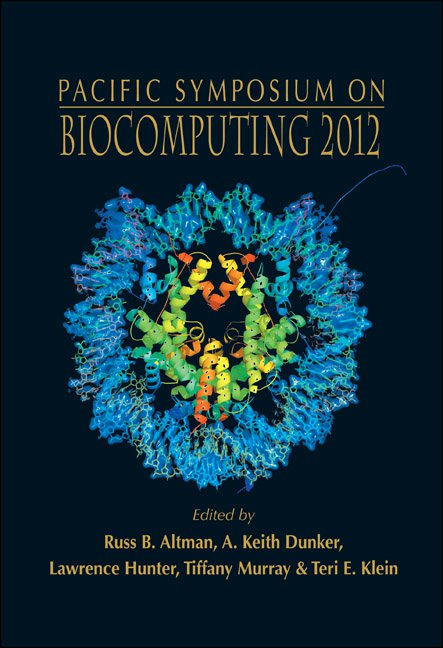SEPP: SATé-Enabled Phylogenetic Placement
We address the problem of Phylogenetic Placement, in which the objective is to insert short molecular sequences (called query sequences) into an existing phylogenetic tree and alignment on full-length sequences for the same gene. Phylogenetic placement has the potential to provide information beyond pure “species identification” (i.e., the association of metagenomic reads to existing species), because it can also give information about the evolutionary relationships between these query sequences and to known species. Approaches for phylogenetic placement have been developed that operate in two steps: first, an alignment is estimated for each query sequence to the alignment of the full-length sequences, and then that alignment is used to find the optimal location in the phylogenetic tree for the query sequence. Recent methods of this type include HMMALIGN+EPA, HMMALIGN+pplacer, and PaPaRa+EPA.We report on a study evaluating phylogenetic placement methods on biological and simulated data. This study shows that these methods have extremely good accuracy and computational tractability under conditions where the input contains a highly accurate alignment and tree for the full-length sequences, and the set of full-length sequences is sufficiently small and not too evolutionarily diverse; however, we also show that under other conditions accuracy declines and the computational requirements for memory and time exceed acceptable limits. We present SEPP, a general “boosting” technique to improve the accuracy and/or speed of phylogenetic placement techniques. The key algorithmic aspect of this booster is a dataset decomposition technique in SATé, a method that utilizes an iterative divide-and-conquer technique to co-estimate alignments and trees on large molecular sequence datasets. We show that SATé-boosting improves HMMALIGN+pplacer, placing short sequences more accurately when the set of input sequences has a large evolutionary diameter and produces placements of comparable accuracy in a fraction of the time for easier cases. SEPP software and the datasets used in this study are all available for free at http://www.cs.utexas.edu/users/phylo/software/sepp/submission.



